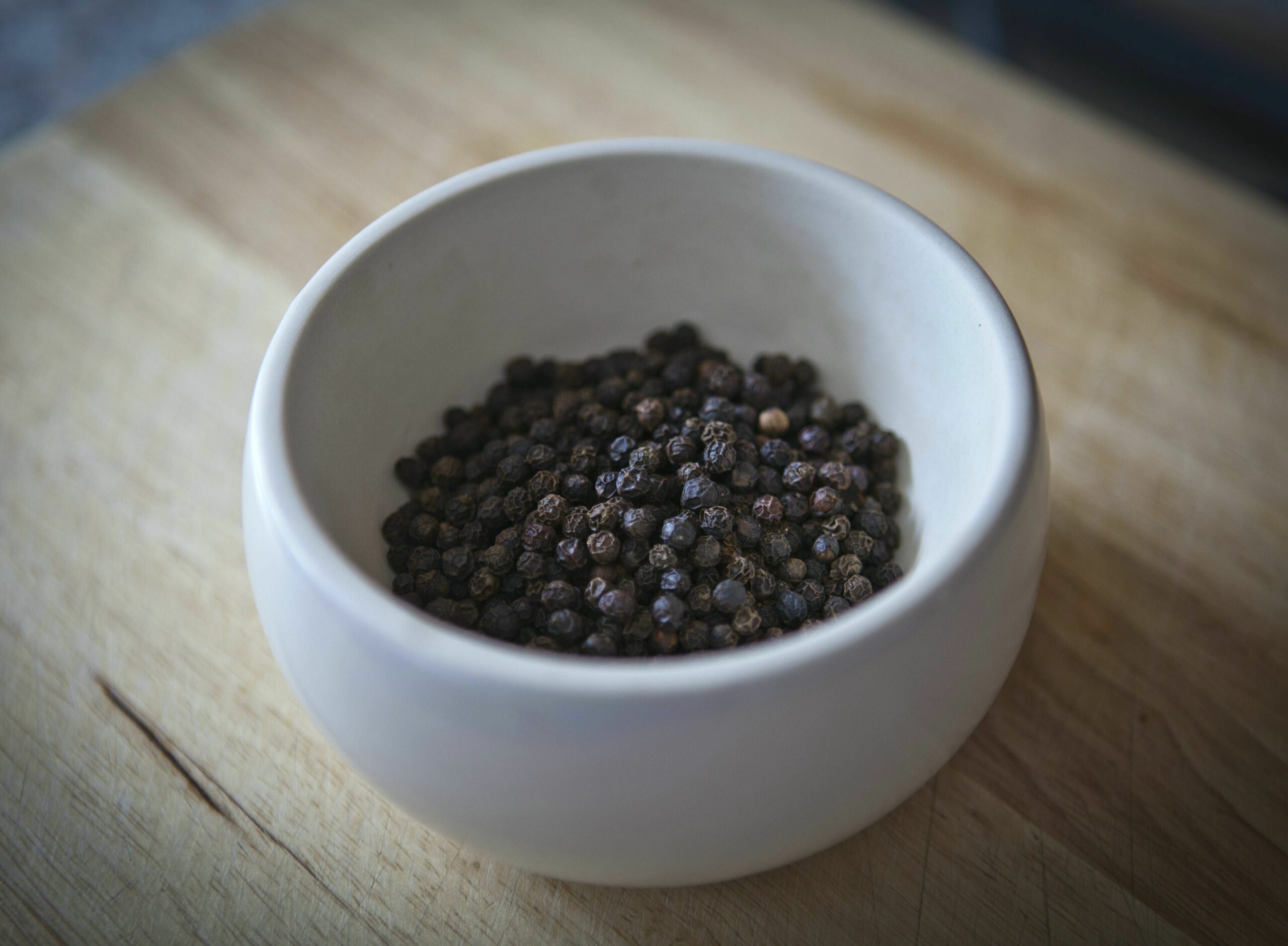A few years ago, Howard Stern interviewed singer Neil Young and Howard mentioned that he could no longer smoke marijuana because it made him paranoid. In response, Neil provided an interesting suggestion: Chew on a few black peppercorns to calm the paranoia.
Neil’s recommendation echoes an idea that’s long been popular in the cannabis community, and a question that researchers have been curious to investigate: Can certain foods interact with cannabis to produce a different high?
Terpenes, the Entourage Effect & Food-Marijuana Interactions
This idea stems from a theory called the entourage effect, which is the concept that the different compounds in cannabis—such as terpenes, tetrahydrocannabinol (THC) and cannabidiol (CBD)—could interact with each other to produce synergistic effects. In other words, each compound could be a musical instrument, and when consumed together, could work in symphony to create a unique sound.
In addition to being found in cannabis, terpenes are found in many plants, including fruits and vegetables. As fragrant compounds, they’re responsible for the aromas in essential oils and different cannabis strains.
Because terpenes are found in both food and cannabis, some have speculated that consuming certain terpenes could change the cannabis “symphony,” leading to a different high.
What Does the Science Say About the Entourage Effect?
While it’s a promising idea, the entourage effect has yet to be validated by scientific research. This is partly due to the difficulty involved in conducting studies on marijuana, namely because of its status in the United States as a Schedule 1 drug.
The entourage effect is a contentious subject among researchers, with two main sides to the story. Dr. Ethan Russo made a strong case for the entourage effect in The British Journal of Pharmacology, where he introduced a theory called “phytocannabinoid-terpenoid synergy.” This theory states that terpenes may have the potential to inhibit some of THC’s effects on the nervous system, which in turn could change the cannabis consumer’s experience, including mood, emotions and feelings.
On the other side, critics say that evidence suggests that THC works solo to drive cannabis’s psychoactive effects.
What’s more, little research has been done on food terpenes interacting with cannabis. Much of the research done on terpenes has taken place on mice or in vitro (meaning, on cell cultures or microorganisms). In the mice studies, the terpenes are often administered by giving the mice an extract, which means we don’t know if the same outcome would happen if a food source of terpenes was given.
A well-designed research study, such as a double-blind clinical trial, could help answer questions about the entourage effect and whether food terpenes can interact with cannabis.
Anecdotal Reports of Cannabis-Food Interactions
That said, there are countless anecdotal reports of foods changing the cannabis experience. Four foods in particular come up frequently.
Black Pepper
Many people agree with Neil Young that eating black pepper in conjunction with marijuana helps decrease paranoia. One of the terpenes in black pepper is beta-caryophyllene, which has been studied in mice for its pain-relieving effects.
Pine Nuts
Similar to black pepper, some people say that when they eat pine nuts, they feel like it calms THC’s effects and leads to greater alertness and mental clarity. The terpene in pine nuts that could be of scientific interest is pinene, which is also what gives pine trees their scent.
Lemon
Back in the 1800s, a Scottish toxicologist named Robert Christison recommended lemon for people who ingested too much cannabis. This remedy is still around today. Limonene is one of the terpenes in lemon.
Mangoes
On the other hand, mangoes have been anecdotally reported to intensify a marijuana high. Mangoes contain the terpene myrcene, which is also found in lemongrass and cardamom.
These foods and their terpenes could be a good starting point for any future research, especially because these foods have nutritional benefits, too. Pine nuts have heart-healthy fats, mangoes and lemons have vitamin C (among other nutrients), and black pepper contains phytochemicals. You can’t tell us science isn’t cool.






